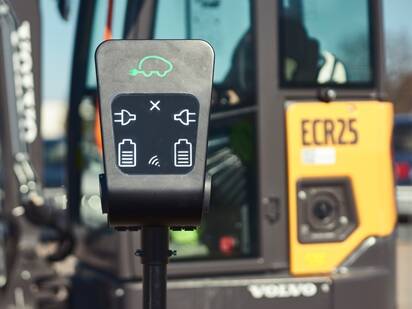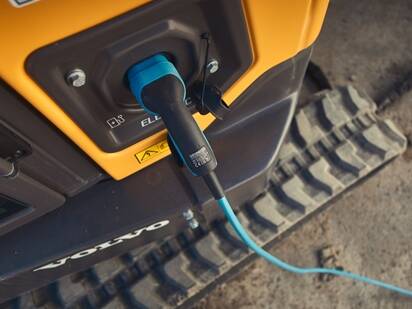
Electric for sustainable utility works
When it comes to building cities that are fit for our low carbon future, the only tools for the job are zero-emission solutions which reduce noise and pollution, while maintaining the highest levels of productivity. Our electric construction equipment, with zero exhaust emissions and near silence, is designed to thrive in urban environments. At a time of increasing low carbon sustainability targets, our electric machines open up a whole world of opportunities for more sustainable utility works.
Utility projects and public services are the lifeblood of our cities, but with the need to reduce air and noise pollution in our urban centers, it is more urgent than ever before to look for more environmentally friendly solutions in their development. Whether it is establishing telecommunications, building sewage and water infrastructure or maintaining electricity and power, it is vital to adopt efficient and reliable methods without harmful side effects. And thanks to the advantages of our electric construction equipment, the transformation towards more sustainable cities, which maintain the health and wellbeing of its residents, is already underway. Benefiting from advanced battery technology, our electric machines provide lasting runtime with the opportunity for simple, easy charging. This makes it easy to keep projects running smoothly without impacting the day-to-day workings of urban environments. With our zero-emission excavators and wheel loaders, we’re not just laying the foundations for public services, but laying the foundations for a greener future.
Building electric vehicle (EV) charging stations with electric machines
The smartest way to build electric charging stations is with zero-emission electric machines. This ensures you have sustainability in mind across the whole value chain, from the very start of the project. Volvo CE’s near silent electric compact excavators are a perfect fit in urban environments. Read how we are supporting our partners in their sustainability goals with our electric construction equipment.

Our electric construction equipment
Working with electric construction machines
According to customer Stig Bo Lippold at Nordkysten A/S



































